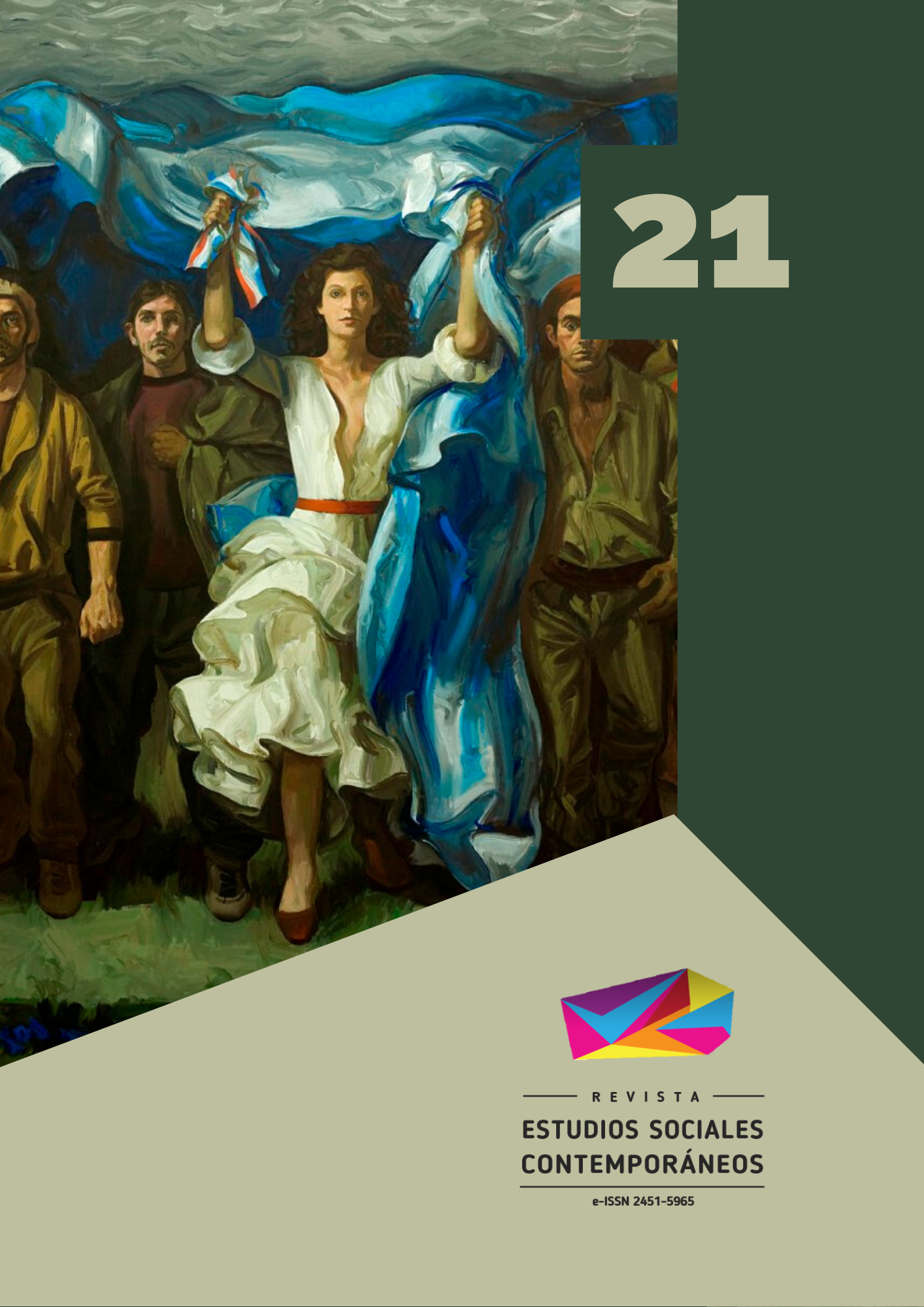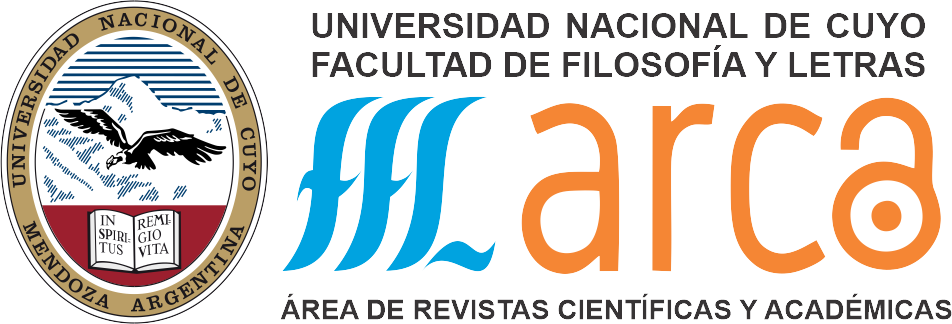Brasil Desarrollo desigual y combinado en el decenio 1954-1964
Keywords:
Brazil, capitalism, imperialism, class struggle, uneven and combined developmentAbstract
This work aims to understand the transformations in the social, political and economic reality of Brazil during the decade of 1954-1964, in the light of Leon Trotsky’s law of uneven and combined development. This explains why the article will start with the structural changes in the economy and in the class organization during this time, and the impact they had on the political process. To this effect, there will be special attention to the characteristics of the second phase of import substitution, which started since the opening of foreign capitals fostered by the developmental official policies. This is the reason why the text is divided into three sections. The first one will expose the theoretical framework which guides the analysis, based on a Marxist conception of the economy, and particularly on Trotsky’s contribution with the law of uneven and combined development. The second part will deal with some general characteristics of the Brazilian economy and specifically with the uneven trait of its social and productive structure, evidenced in the contrasts between agriculture and industry, and in uneven wealth distribution. Finally, there will be an analysis of the labor movement organization, and how it changed during the process of dependent industrialization. The objective is to understand the interweaving between economy, politics and class struggle in the analyzed historical scenario, having in mind the dialectical relationship between these elements. Another goal is to prove how the law of uneven and combined development represents a positive contribution to the analysis of this historical process.
References
CAPUTO, Ana Claudia y PEREIRA de MELO Hildete (2009). "A Industrialização Brasileira nos Anos de 1950: Uma Análise da Instrução 113 da SUMOC". Consultado en: http://www.scielo.br/pdf/ee/v39n3/v39n3a03.pdf ,513-538.
FAUSTO, B. (2001). Historia do Brasil. São Paulo: Edusp.
FURTADO, C. (1972). Análisis del modelo brasileño. Buenos Aires: Centro Editor de América Latina.
FURTADO, C. (2005). Formação Econômica do Brasil. Sao Paulo: Companhia Editora Nacional.
LENIN, V. I. (1975). El imperialismo fase superior del capitalismo. Pekin: Ediciones en Lenguas Extranjeras.
MARINI, Ruy Mauro. (2015). América Latina, dependencia y globalización, antología y presentación, Carlos Eduardo Martins. México, D. F: Siglo XXI Editores; Buenos Aires: CLACSO.
PERISSINOTTO, Renato. (2014). O conceito de Estado Desenvolvimentista e sua utilidade para os casos brasileiro e argentino. Revista de sociología e política, 22, 59-75.
PRADO JÚNIOR, Caio. (2004). Historia econômica do Brasil. São Paulo: Editora brasiliense.
RODRIGUES, Leoncio Martins, (2009). Trabalhadores, sindicatos e industrializacao. Rio de Janeio: Centro Edelstein de Pesuisas Sociais.
TROTSKY, L. La tercera internacional después de Lenin. Consultado en: https://www.marxists.org/espanol/trotsky/eis/1928-comintern-depues-de-lenin.pdf
TROTSKY, L. (2013). Escritos latinoamericanos. Buenos Aires: CEIP.
Downloads
Published
How to Cite
Issue
Section
License
Copyright (c) 2019 Juan Manuel Tornello

This work is licensed under a Creative Commons Attribution-NonCommercial-ShareAlike 3.0 Unported License.






















